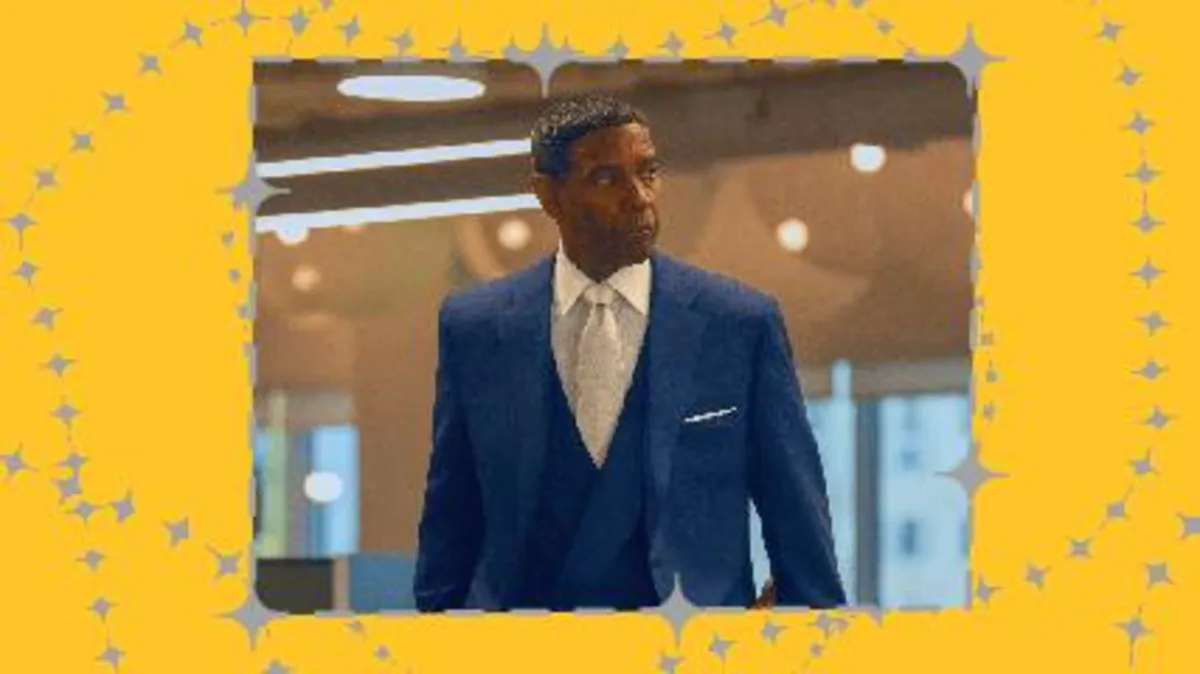
Spike Lee is back with his latest film, Highest 2 Lowest, and once again, he is expressing his controversial views on hip-hop culture. Since the early 2000s, Lee has been vocal about his concerns regarding the direction of hip-hop music. His criticism has evolved from targeting the industry executives profiting from the genre to scrutinizing the music itself. In a speech delivered at Brown University over two decades ago, he stated, “I’ve always felt you can feel the progress of African Americans by listening to their music. Some of this ‘gangsta rap’ stuff, it’s not doing anybody any good. This stuff is really dangerous.”
Many thought that Lee had expressed all he had to say on the subject with his 2015 film, Chi-Raq, which served as a response to the rise of Chicago drill music. Although the film included a satirical take on serious issues, including Chicago gang violence, it was primarily characterized by its over-the-top presentation and a blend of musical satire that only a Spike Lee film can deliver. The unique combination of humor, passion, and imagination has kept Lee’s films relevant for over 40 years, even in the face of backlash.
In Highest 2 Lowest, Lee takes on the classic Akira Kurosawa film, High and Low, and reimagines it in a world influenced by modern hip-hop. The film stars Denzel Washington as David King, a Bronx-born music mogul who runs a struggling record label reminiscent of Def Jam. As he grapples with an existential crisis about the future of his career and the art of music, the narrative unfolds into a thrilling experience that explores the generational divide in hip-hop culture.
The plot thickens when David’s teenage son, Trey, portrayed by Aubrey Joseph, is kidnapped during a basketball summer camp. The kidnapper, played by A$AP Rocky, demands an exorbitant ransom of $17.5 million in Swiss Francs, putting David in a precarious situation where he must weigh the importance of his career against the safety of his son. However, a twist reveals that the kidnapper has mistakenly taken the wrong kid, complicating the moral dilemma David faces.
Throughout the film, Lee’s critique of hip-hop culture is apparent but somewhat lacking in depth. Rocky's character, Yung Felon, embodies the struggles of a rising Bronx drill rapper, whose obsession with fame and discovery leads to his criminal behavior. While Lee attempts to highlight the darker sides of hip-hop, the portrayal of Yung Felon comes across as superficial and fails to capture the complexities of the genre that Lee once celebrated.
In his earlier works, Lee used hip-hop as a vehicle for empathy, allowing audiences to connect with characters facing social injustices. However, in Highest 2 Lowest, there is a noticeable lack of sympathy for Yung Felon, who is depicted as a mere caricature of a generation lost in the chaos of the attention economy. Instead of presenting a nuanced view of the challenges faced by young Black artists today, Lee’s film suggests that their struggles are self-inflicted.
At 68 years old, Spike Lee has lived a life of privilege, distancing himself from the realities faced by many Black individuals under 35. His experiences have shaped his perspective, making it difficult for him to relate to the younger generation. In this film, it becomes clear that Lee identifies more with David King than with the characters he once championed, positioning himself as the "old head" who struggles to understand the evolving landscape of hip-hop culture.
While Highest 2 Lowest is filled with Lee's trademark style and cinematic flair, it ultimately falls short of delivering a powerful critique of hip-hop. Instead of providing a deep exploration of the genre’s complexities, the film relies on tired stereotypes and simplistic narratives. As Spike Lee continues to evolve as a filmmaker, one can only hope that he finds a way to reconnect with the pulse of hip-hop and the voices of the youth that continue to shape its future.